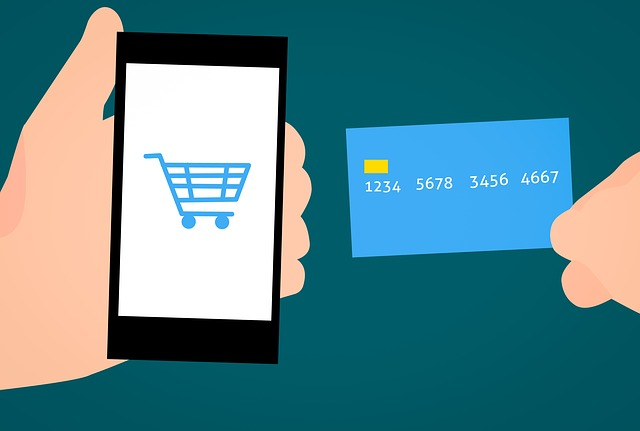The checkout process is a critical part of the e-commerce journey. A well-designed checkout page can significantly reduce cart abandonment rates and increase conversion rates. Here are some best practices for creating an effective e-commerce checkout experience that keeps customers engaged and makes the purchasing process seamless.

Table of Contents
Toggle1. Simplify the Checkout Process
- Minimize Steps: Aim for a streamlined checkout process with as few steps as possible. Consider using a single-page checkout or a multi-step process that clearly outlines each step without overwhelming the user.
- Guest Checkout Option: Allow customers to check out as guests without creating an account. While encouraging account creation is important for future marketing, forcing customers to sign up can lead to abandoned carts.
2. Clear Progress Indicators
- Show Progress: If using a multi-step checkout, display a progress bar or indicators that show users how far along they are in the process. This helps set expectations and reduces anxiety.
3. Intuitive Design
- Consistent Layout: Use a clean and consistent design that aligns with your brand. Ensure that the layout is intuitive, with clear labels for each section and button.
- Logical Flow: Organize fields logically. Group related information (e.g., billing and shipping details) and maintain a natural flow to guide users through the process.
4. Reduce Form Fields
- Essential Information Only: Ask only for the information necessary to complete the purchase. The fewer fields users need to fill out, the more likely they are to complete the transaction.
- Use Autofill: Enable autofill options for fields like name, address, and email to speed up the process for returning customers.
5. Provide Clear Calls to Action
- Prominent Buttons: Make your “Proceed to Checkout” and “Complete Order” buttons prominent and easy to find. Use contrasting colors to ensure they stand out on the page.
- Action-Oriented Language: Use clear, action-oriented language on buttons, such as “Buy Now” or “Complete Purchase,” to encourage users to take the next step.
6. Offer Multiple Payment Options
- Diverse Payment Methods: Provide a variety of payment options, including credit/debit cards, PayPal, Apple Pay, and other popular digital wallets. This flexibility accommodates different customer preferences and can reduce friction during checkout.
7. Transparency with Costs
- Show Total Costs Early: Clearly display the total cost, including shipping and taxes, early in the checkout process. Unexpected costs at the last moment can lead to cart abandonment.
- Shipping Options: Provide multiple shipping options, along with estimated delivery dates and costs, to help customers choose what works best for them.
8. Secure and Trustworthy Environment
- Security Badges: Display security badges and SSL certification to reassure customers that their information is secure. Trust signals can significantly influence a customer’s willingness to complete a purchase.
- Privacy Policy: Provide a link to your privacy policy, so customers understand how their data will be used and protected.
9. Responsive Design
- Mobile Optimization: Ensure your checkout page is fully optimized for mobile devices. Many customers shop on smartphones, so the checkout process must be easy to navigate on smaller screens.
10. Offer Support and Assistance
- Live Chat Options: Include live chat support or a help section during the checkout process. This provides immediate assistance for customers who may have questions or concerns.
- FAQs: Create a dedicated FAQ section addressing common checkout questions, such as payment issues, shipping, and returns.
11. Post-Purchase Engagement
- Order Confirmation: After completing the purchase, send a clear order confirmation email with details of the order, shipping information, and contact support options.
- Follow-Up: Consider sending a follow-up email thanking the customer for their purchase and inviting them to provide feedback or reviews.
Conclusion
Designing an effective e-commerce checkout page is essential for converting visitors into customers. By simplifying the process, providing clear guidance, and ensuring security and support, you can create a seamless checkout experience that enhances customer satisfaction and encourages repeat business. Implement these best practices, and watch your conversion rates soar as you optimize the final stage of the shopping journey.


No responses yet